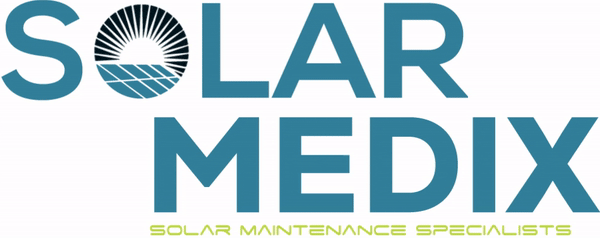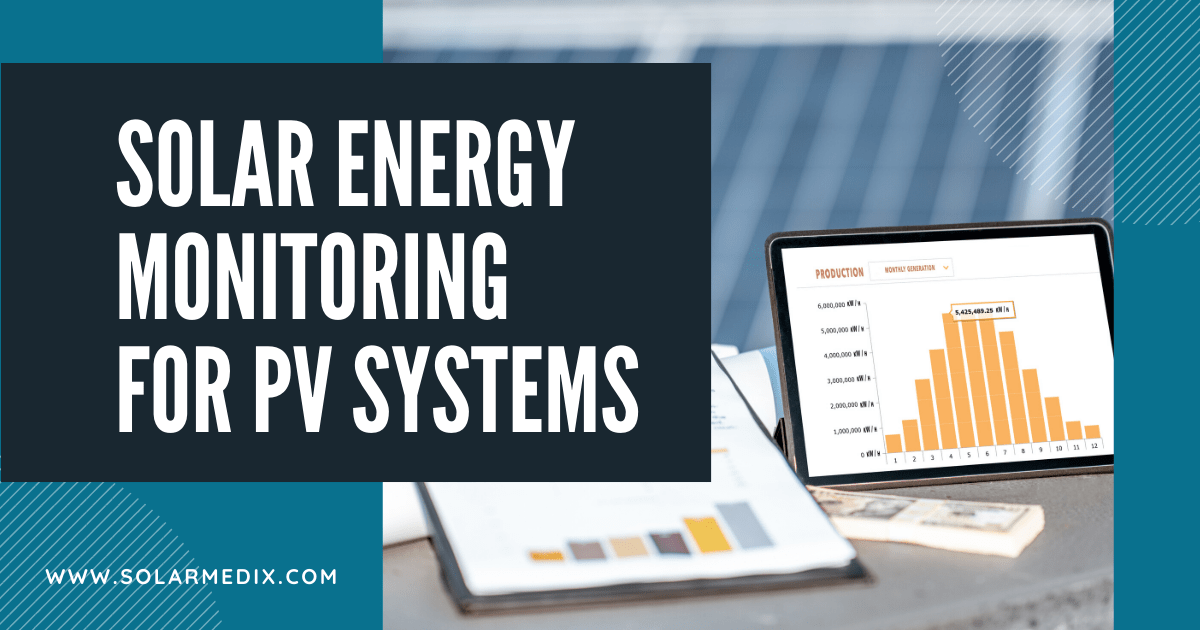We often get a lot of calls asking about solar energy monitoring for PV systems.
In the last few years, we’ve seen the introduction of various developments in Photovoltaic solar technology (PV), which have contributed to considerable price reductions, such as lower installation and maintenance costs, along with improved efficiency.
These developments have also made solar energy one of the most commonly used renewable energy sources commercially as well as by individual home energy consumers. Monitoring practices and parameters have also undergone considerable development during this period. Monitoring and controlling photovoltaic systems is essential for ensuring their effective and efficient operation.
Grids Vs. Standalone Systems
Solar systems can be classified as either standalone or grid-connected systems. In grid-connected systems, the electricity generated by the PV cells is transmitted to the electrical grid, and as a result, there is no need for storage devices. In contrast, standalone systems require storage units or backup sources to ensure a sufficient supply of energy, especially when there is no sunlight.
In this case, the main emphasis will be on standalone units, which are commonly used by household energy consumers. One of the main reasons for implementing monitoring for a PV system is to identify and minimize the system’s losses. PV system losses occur at three primary levels, which are the PV cells, power conditioning units (PCUs), and the battery storage units.
Solar Energy Monitoring for PV Systems
The output of the PV modules can be affected negatively by various factors such as poor load mismatch, obstruction from direct sunlight, and the accumulation of dust. The PCUs comprise of the DC to DC converters as well as the DC to AC inverters. Both of these modules are subject to conversion losses, which reduce the overall efficiency of the system.
The batteries also have a specific efficiency, which determines the amount of electrical energy that they can store as well as how much of the stored energy can be extracted. Batteries are also subject to reduced efficiency due to aging. Implementing an effective monitoring system can help to mitigate some of the inefficiencies that arise in a typical PV system.
Effective Solar Energy Monitoring for PV Systems.
An effective monitoring practice for a PV system involves local monitoring at various points in the PV system. For instance, parameters such as the array voltage, converter output, inverter output, battery voltage, and battery temperature can all be monitored and displayed on a screen with relative ease. Additionally, the data can be logged and stored for future reference in order to gain insight into the performance of the PV system.
If needed, it is also possible to use remote monitoring through a wireless system using Bluetooth or Wi-Fi for shorter distances, or GSM and internet connections for longer distances. In remote monitoring systems, it is also possible to implement additional functions such as warning alerts as well as frequent status messages to the user.
An additional monitoring practice involves the optimization of the PV system’s output power. The optimization is achieved by implementing a Maximum Power Point Tracking (MPPT) system at the level of the DC to DC converter. The MPPT system ensures that the PV modules operate at the Maximum Power Point (MPP) even under varying module temperatures, irradiation, and load.
The MPPT relies on the presence of real-time data modeling and a controller, which implements the optimization. In this way, the PV system operates continuously at its rated efficiency.
These monitoring practices improve the overall efficiency and effectiveness of PV systems, so it is important that solar energy users implement some form of monitoring to ensure that they are properly tracking the performance of their PV systems.
Issues With Solar Energy Monitoring for PV Systems
If you believe you’re having an issue with your solar energy monitoring, feel free to contact Solar Medix today to help you. We’re happy to answer any questions that you may have.













